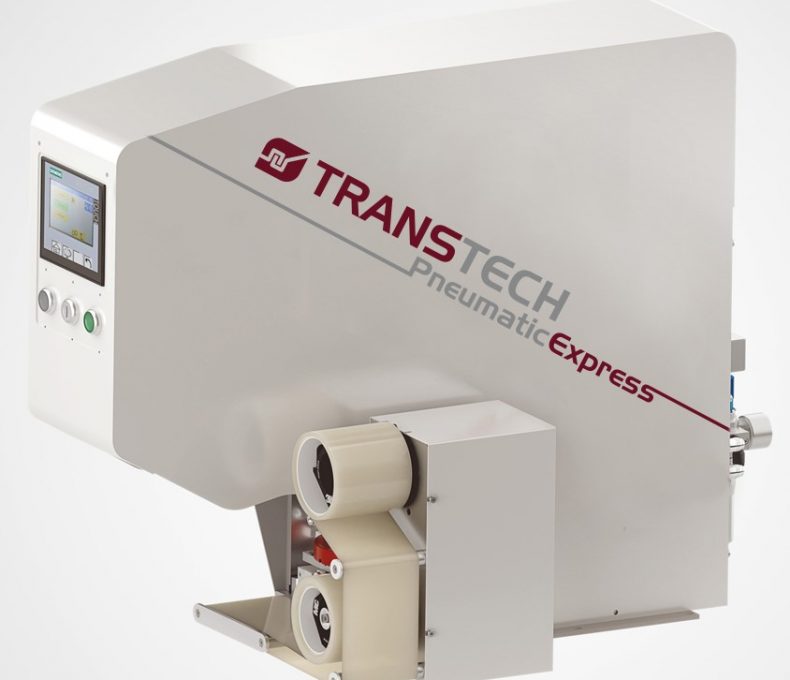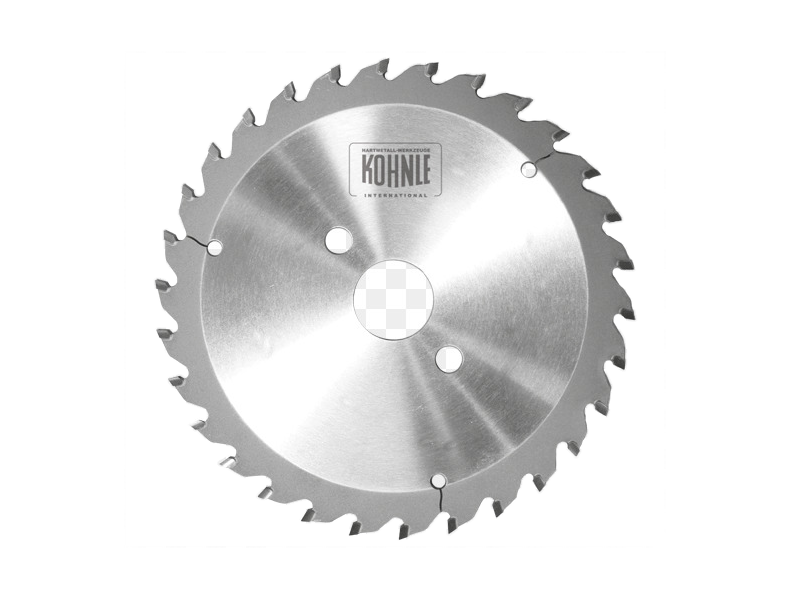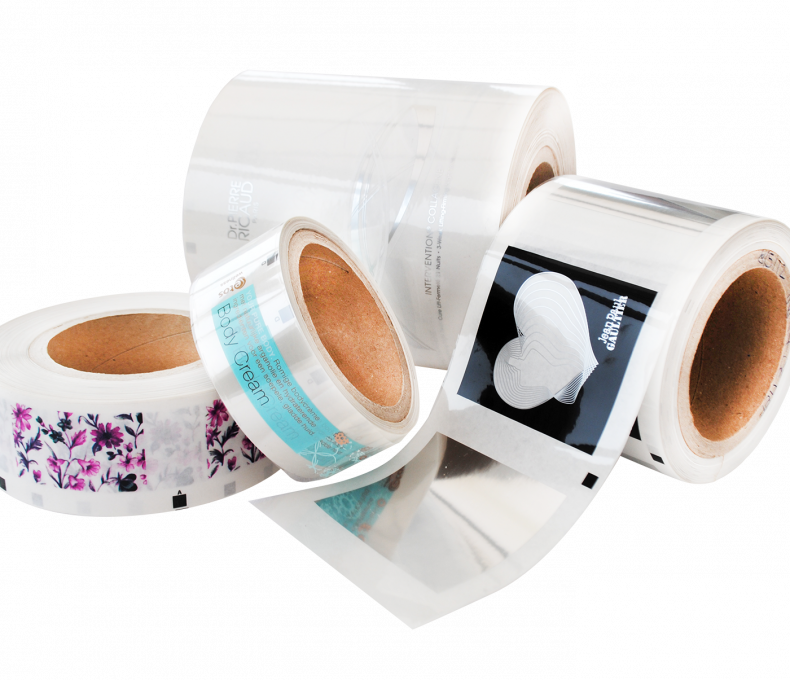Process Overview
Transfer pad printing is considered an indirect gravure printing process since, like gravure printing, it employs an etched plate. But the plate does not come in direct contact with the substrate. Instead, the image is transferred to the surface by means of the pad.
There are many benefits to pad printing, but it is most commonly recognized for its ability to print on three-dimensional surfaces.
For more information, please visit
Americas: Trans Tech
EMEA & Asia: Morlock

Digital print allows for nearly instant changeover of the printed image. There is no need to manually change and realign printing plates and other equipment. This makes digital a good fit for applications like sequential numbering or short runs that require frequent image changes.
Be sure to identify a supplier who has demonstrated expertise in your application. Product development processes for applying digital printing to a new application are inefficient and costly.
For more information, please visit
Americas: Trans Tech
EMEA & Asia: Morlock

Hot Stamp is a dry decorating process that uses a combination of heat, pressure and dwell to apply decorative foil permanently to a part.
The process heats an engraved image (hot stamping die) before stamping it down on top of the part with a piece of decorative foil sandwiched between the part and the stamping die.
For more information, please visit
Americas: United Silicone
EMEA & Asia: CER
Heat Transfer Decorating is dry product decorating method that uses a combination of heat, pressure and dwell to apply pre-printed graphics permanently to a part.
Heat Transfer labels are environmentally friendly reverse printed labels which are transferred off a special carrier onto a container through heat and pressure. They give the impression of a “no-label” look where decoration appears to be part of the container.
For more information, please visit
Americas: United Silicone
EMEA & Asia: CER
